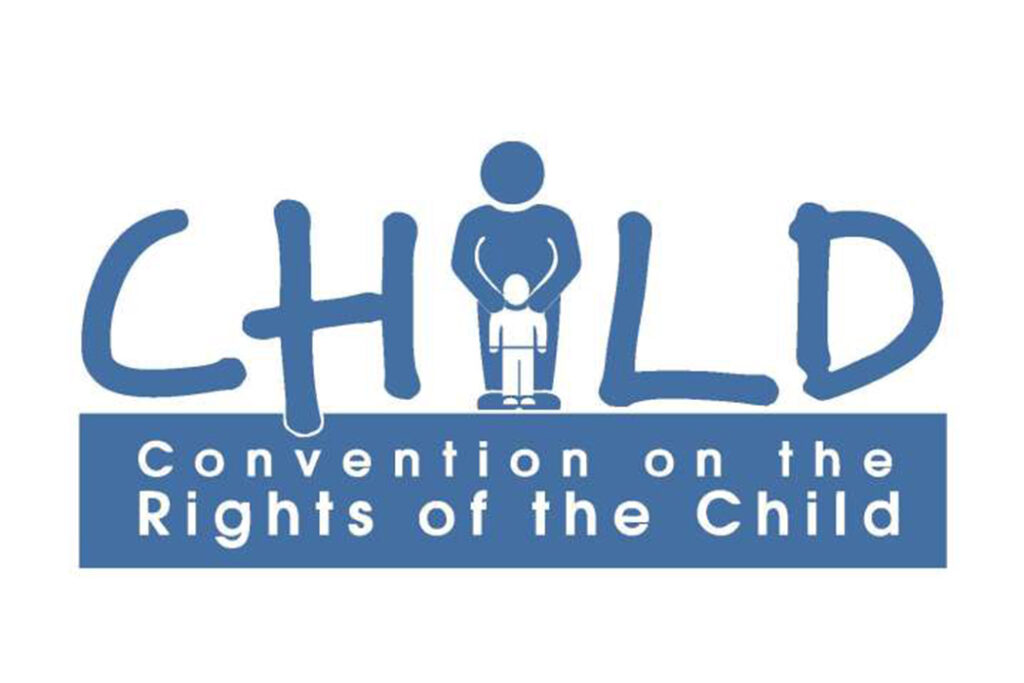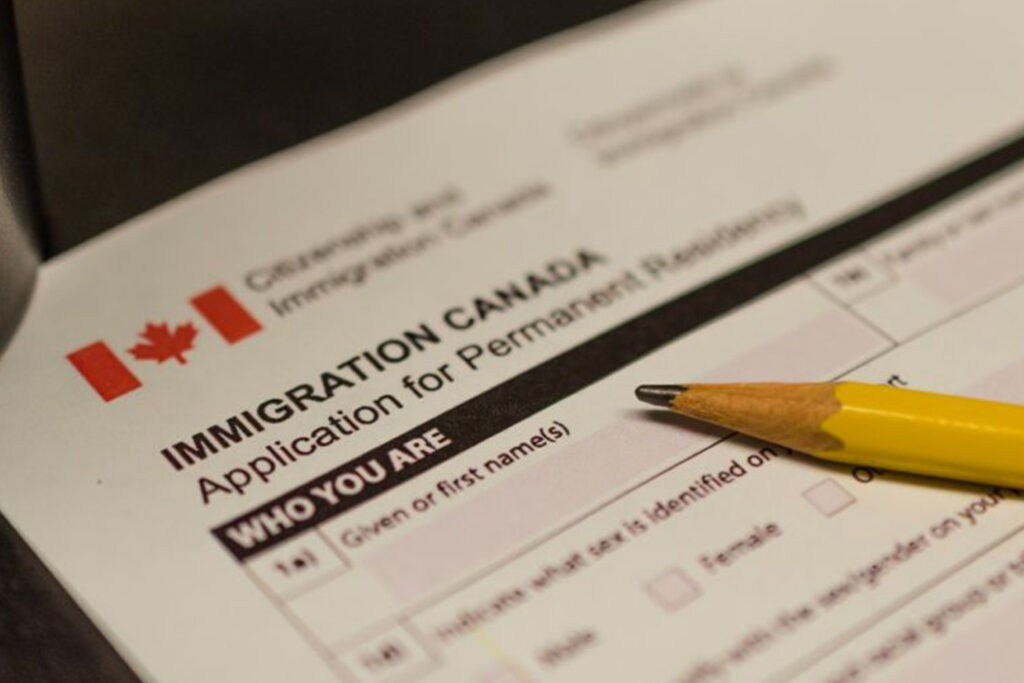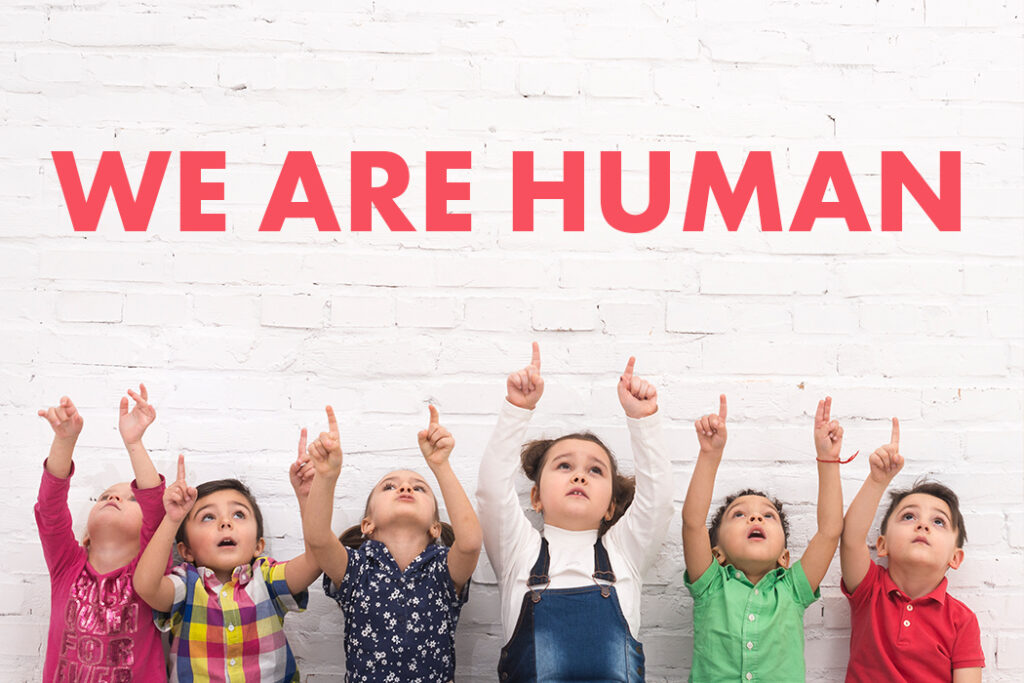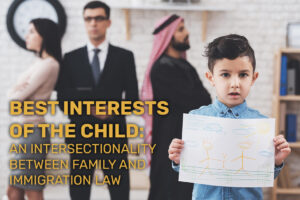Immigration Law
Counsel in Focus: Sodaba Rameh
Sodaba knew she wanted to be a lawyer from a young age. It didn’t matter what area of law because everything was rooted in law. No matter the focus, no matter the field, no matter the specialty, Sodaba would be a lawyer and help people. As she progressed in her education, Sodaba reviewed her choices and chose to specialize in immigration law. She covers everything from refugee matters, to economy class (people who want to work, study or visit in Canada) to business class (people who want to start businesses here or transfer their business from another country).
Law is one of those fields that touches every aspect of life – whether it is immigration, business, or criminal; everything we do is somehow rooted in law.
– Sodaba Rameh of Rameh Law
Background
Sodaba went to law school in Canterbury, England at the University of Kent. She chose an overseas school because she wanted an international experience. It exposed her to the judicial systems of other countries: what they focus on and how they operate. She traveled to France and Belgium to work with refugee camps, and she also worked on legal projects in Gaza, Palestine. Returning to Canada, Sodaba completed a Masters of Law specializing in Canadian common law, in order to gain a Canadian law experience.
Before choosing immigration, Sodaba worked at a criminal law firm. There’s a lot of criticism around defending criminals, but it was a valuable experience for her. “What that area of law taught me was that no matter who [you] are or what situation you are in, you need representation,” she says. She brings that mentality to immigration as well. Everyone deserves representation and everyone deserves to have a judgment that’s fair and free of mistakes.
While she was in school, she had the opportunity to join Amnesty International and be part of the teams that visited the refugee camps during the Refugee Crisis of 2015. They did their best to provide financial and medical aid but too often it felt insufficient considering all that the people had gone through, fleeing their homes and being separated from their loved ones. Sodaba spent many hours talking to them, hearing their stories, sharing their pain and their hope for the future. It became personal. It intensified the desire to help, to do something that will brighten someone’s day, change someone’s life. Her time with them left a deep and lasting impression.
Her involvement with Gaza, Palestine was through a partnership between her school and Legal Aid in Palestine. The objective was to find a way to follow the Palestinian laws while empowering women and giving them a voice all within the boundaries of the law. They focused on women and the struggles they were facing. It required becoming familiar with Palestinian culture and its legal framework. This was an invaluable experience and provided insight into a legal system completely unlike that of Britain or Canada.
Any type of immigration work you do will impact someone’s life directly. That’s what she loves about the law and immigration as well as what challenges her about it. She is delighted when her clients can stay in Canada aided by her efforts. “It’s very rewarding, helping a family gain the life in Canada that my family was able to get,” she says. Sodaba relishes each one as an opportunity to grow and to wrestle with the law, to see it in a different perspective until the desired end result is achieved. Not unlike her time spent at the refugee camps.
Choosing Wolf Law Chambers
Through LinkedIn, Sodaba found Wolf Law Chambers and the CPD they were hosting: “Surviving Your First Audit.” After the seminar, Sodaba joined a group getting a tour of the offices at Wolf Law Chambers, and had a chat with Dezso Farkas, the Director. “I really got his vision as to what he’s doing and I really appreciate what he’s trying do for the legal community,” she said. When the principal lawyer at the criminal law firm Sodaba worked at was called to the bench, Sodaba decided to branch out and start her own practice. She knew that Wolf Law Chambers would be a place she could flourish because there would be other people around that were business-minded as well as legally focused. Wolf Law Chambers was a perfect match because there was a built-in community, a place where she could foster relationships and collaborate with other legal professionals, receiving advice and help as well as giving her own expertise in return.
She’s especially grateful for the different services that Wolf Law Chambers offers. On her own, she had to oversee every aspect of her business. Now, she really appreciates that she can trust someone else to arrange for her packages to be sent out giving her more time to focus on her clients. “What I appreciate about Wolf Law Chambers, I don’t have to worry about the administrative side. They cake care of the major aspects,” she says.
The cornerstone of Sodaba’s life is the relationships she develops and cultivates with the people around her. They excite her, motivate her and drive her to make a difference in their lives. She’s very passionate about all her clients getting the justice they deserve. She wants to make sure that regardless of right or wrong, regardless of how many times they’ve tried, they are represented. By taking care of her client’s legal needs and advocating for their rights through what can be a complicated process, she hopes to lessen the burden and enable her clients to focus on building a life here in Canada.
If you are facing difficulties with your immigration application, give Sodaba Rameh a call. She is here to take care of your legal needs so that you can live your life.
Best Interests of the Child: An Intersectionality Between Family and Immigration Law
Article 3.1 of the United Nations Human Rights (UNHR) Convention on the Rights of the Child (CRC) states the following:
In all actions concerning children, whether undertaken by public or private social welfare institutions, courts of law, administrative authorities or legislative bodies, the best interests of the child shall be a primary consideration [1].
The Convention on the Rights of the Child is the most widely ratified treaty in human history with 194 countries abiding by it [2]. It is internationally observed and accepted, while it’s application and practice is a topic for another day. In understanding who is protected under the CRC, we must define what it means to be a child.

According to the United Nations a child is,
…every human being below the age of eighteen years unless under the law applicable to the child, majority is attained earlier [1].
Now, it is quite important to asses the relevance of these international statutes in relation to Human Rights within Canada. To put into perspective the importance of human rights in Canada, we must understand that human rights are protected federally and provincially. The human rights laws in Canada stem from the Universal Declaration of Human Rights (UDHR). In fact, Canadian lawyer and scholar, John Humphrey, played an integral role in the drafting of the UDHR in 1948 as well [3]. Globally, many countries have applied the declaration and its contents to bolster their own national legislations and to act in accordance with the statutes outlined within international human rights laws. In Canada, human rights are entrenched in the Constitution of this very nation, most notably in the Canadian Charter of Rights and Freedoms but they have an overlapping relevance in other areas of law as well. Family and immigration law within Canada places great importance on the best interests of the child, drawing from the Convention on the Rights of the Child. This principal governs decisions and judgements within family and immigration matters, that of which involve children [4]. It is truly a point of intersection across both fields of law and legislation.
The Canadian Bar Association brilliantly outlines the best interests of the child and the three fold concept that entails it.

They use the following general commentary from the Convention on the Rights of the Child to elaborate on their viewpoints about the best interests of the child:
A substantive right – a primary consideration in actions concerning the child due to the child’s dependency, maturity, legal status and often “voicelessness”;
An interpretive principle – if a legal provision is open to more than one interpretation, the interpretation which most effectively serves the child’s best interests should be chosen;
A rule of procedure – legal representation, timely decisions, reasons for how a decision was reached, how factors were weighed, and how the child’s views were considered. [4]

In other words, children have a legal entitlement that ensures those decisions which concern them are carried out with their best interests as a primary consideration. Next, for legislation that is open to interpretation, interpretations serving the best interest of the child should be chosen [4]. The final component involves procedural considerations for the best interests of the child. Whether it is substantively or procedurally, the best interests of the child are to be weighed and considered first and foremost. With this three-fold concept underlying the concepts and legislation set forth by the CRC, let’s examine how it has played an effective role in Canadian law.
In determining child access and custody in the province of Saskatchewan, section 8 of the Children’s Law Act outlines the necessary conditions to be met when making a decision about ordering custody of a child. Subsequently, they note considerations that are to be weighed in granting custody of the child as well. These include, but are not limited to, the capacity of the person seeking custody of the child, the child’s wishes, the quality of the relationship between the person seeking custody and the child themselves, the physiological, emotional, psychological, social, and economic needs of the child [5].
Additionally, section 24 of the Children’s Law Reform Act of Ontario determines the merits for application of custody or access for a child [6]. This statute places immense importance on the best interests of the child, with special consideration of the child’s needs and circumstances. Some of these needs and circumstances include the plan proposed by the person(s) applying for access of custody of the child, the child’s views and preferences, the stability of the family unit in which the child will potentially settle, to name a few [6]. The Revised Statutes of Ontario also outline the procedural practices in place by the court in issuing orders for the custody and access of a child [7].
Federally, the Divorce Act, examines the best interests of the child in carrying out orders for custody of a child [8].
Under section 16, subsection 8, it states,
In making an order under this section, the court shall take into consideration only the best interests of the child of the marriage as determined by reference to the condition, means, needs and other circumstances of the child [8].

It is quite apparent that federally and provincially the underlying principles governing child custody and access in family law clearly place a high degree of significance on the best interests of the child. The priority placed upon the needs and the circumstances of children is not just limited to the area of family law. It also constitutes the legislation surrounding immigration in Canada involving children. In exploring the application of the best interests of the child within Canadian immigration law, let’s take a look at the Immigration and Refugee Protection Act. Pursuant to the act, those normally not able to seek permanent residency in Canada, are able to apply under humanitarian and compassionate grounds in special circumstances [9]. The humanitarian and compassionate grounds assessment weighs the best interests of the child highly and its jurisdiction is within Canada and overseas [9]. Generally, the child’s physical, emotional, social, and cultural welfare are factored in when assessing a humanitarian and compassionate grounds application [9]. The factors considered include, the level of dependency between the child and the H&C applicant, the child’s link to the country in relation to which the application is considered, the impact of returning to their home country, the medical needs of the child, the impact on the child’s education and growth, etc. [9]

Immigration can involve the detainment and release of individuals depending on the context of their specific case.
Under Division 6, section 60 of the Immigration and Refugee Protection Act, states the following:
For the purposes of this Division, it is affirmed as a principle that a minor child shall be detained only as a measure of last resort, taking into account the other applicable grounds and criteria including the best interests of the child [10].
The Immigration Appeal Division does not overlook the importance that is to be placed upon the safety and best interests of the child. It is affirmatively understood from this statute that detaining a minor is the absolute last resort and does not serve in the best interest of the child [10].
Moreover, the right to appeal immigration decisions under the Immigration Appeal Division has procedural laws in place that administer how the government will proceed in detention and release of immigrants/refugees [10].
Section 68, subsection 1, states the following in regard to a removal order being stayed:
To stay a removal order, the Immigration Appeal Division must be satisfied, taking into account the best interests of a child directly affected by the decision, that sufficient humanitarian and compassionate considerations warrant special relief in light of all the circumstances of the case [10].
In the case of a removal order being stayed, the best interest of the child is again given the utmost priority if a child is directly involved. The statute aims to heavily consider humanitarian and compassionate grounds when ordering a stay for a child [10]. This leads one to believe that Immigration Canada carefully formulates a decision oriented in the best interests of the child.

A famous Canadian immigration case based upon H&C grounds is that of Baker v. Canada. An illegal immigrant in Canada for 11 years at the time, on the verge of being deported, filed an application for permanent residency [11]. Her application was rejected and when she filed with the Federal Court, they deemed that it was not necessary to evaluate her application in light of the best interests of her children. On appeal, the Supreme Court of Canada reversed this decision. They held that the human rights of Baker’s children should be considered and that decision makers of this case should abide by the values in international human rights law, specifically the Convention on the Rights of the Child [11]. Overall, it was established that an immigration decision made on H&C grounds would be arbitrary if an analysis of the best interests of the child was not implemented [11].
Closing thoughts
Stemming from international human rights law, the best interest of the child is a principle vested in Canadian family and immigration law involving children. It is undeniably an overlap between the two areas of law and the general guidelines are quite the same. In all actions concerning children, the primary consideration is the best interest of the child. In Canada, both federally and provincially, substantive and procedural law illustrate how the best interest of the child is a fundamental standard in decision making for family and immigration matters regarding children.
[1] Convention on the Rights of the Child, 2 November 1989, UNTS, Part I, Article 1(3) (entered into force 2 September 1990)[2] Human Rights Watch, “25th Anniversary of the Convention on the Rights of the Child” (17 November 2014), online (blog): Human Rights Watch <https://www.hrw.org/news/2014/11/17/25th-anniversary-convention-rights-child>
[3] Canada, Canadian human rights commission, Human Rights in Canada, < https://www.chrc-ccdp.gc.ca/eng/content/human-rights-in-canada> accessed 12 September 2019. [4] The Canadian Bar Association, BEST INTERESTS OF THE CHILD, http://www.cba.org/Publications-Resources/Practice-Tools/Child-Rights-Toolkit/theChild/Best-Interests-of-the-Child accessed 12 September 2019. [5] s. 8, Children’s Law Act, 1997, S.S. 1997, c. C-8.2 [6] s. 24, Children’s Law Reform Act, S.S. 1990, C-2 [7] s. 28, Children’s Law Reform Act, S.S. 1990, C-1 [8] Divorce Act, R.S.C., 1985, c. 3 (2nd Supp.), ss. 16(8), 17 [9] S.C. 2001, c. 27 – ss. 25(1), 25.1, 28(2)(c) [10] S.C. 2001, s. 60, 67(1)(c), 68(1) [11] [1999] 2 S.C.R. 817

